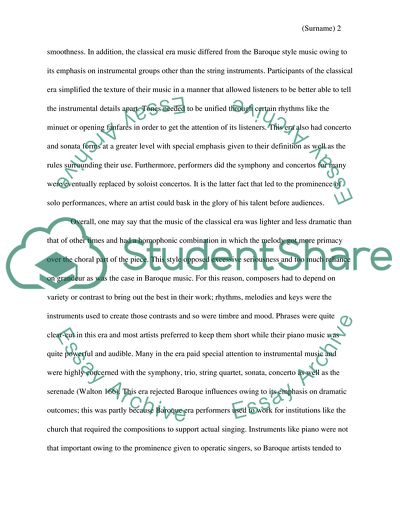Cite this document
(“Wolfgang Amadeus Mozart Essay Example | Topics and Well Written Essays - 2250 words”, n.d.)
Retrieved from https://studentshare.org/music/1658227-wolfgang-amadeus-mozart
Retrieved from https://studentshare.org/music/1658227-wolfgang-amadeus-mozart
(Wolfgang Amadeus Mozart Essay Example | Topics and Well Written Essays - 2250 Words)
https://studentshare.org/music/1658227-wolfgang-amadeus-mozart.
https://studentshare.org/music/1658227-wolfgang-amadeus-mozart.
“Wolfgang Amadeus Mozart Essay Example | Topics and Well Written Essays - 2250 Words”, n.d. https://studentshare.org/music/1658227-wolfgang-amadeus-mozart.


